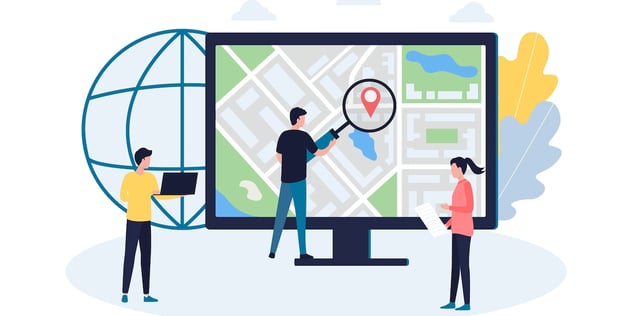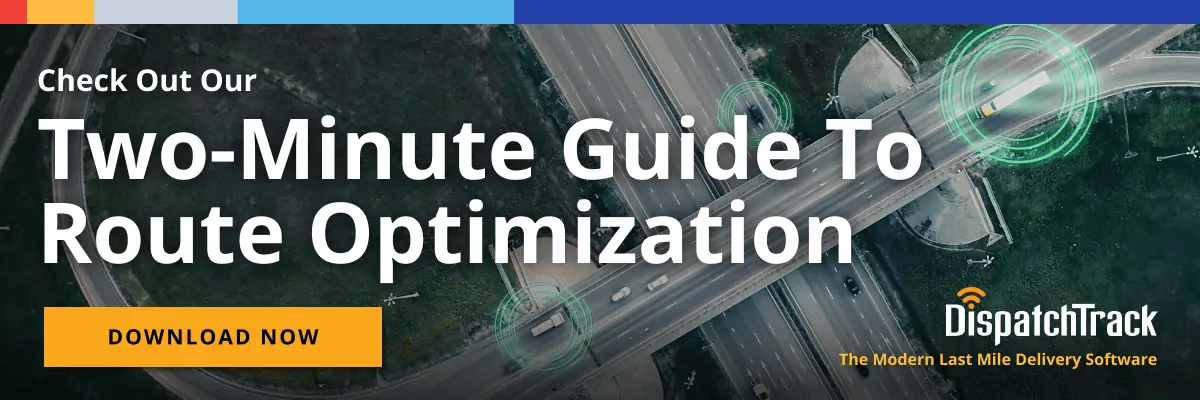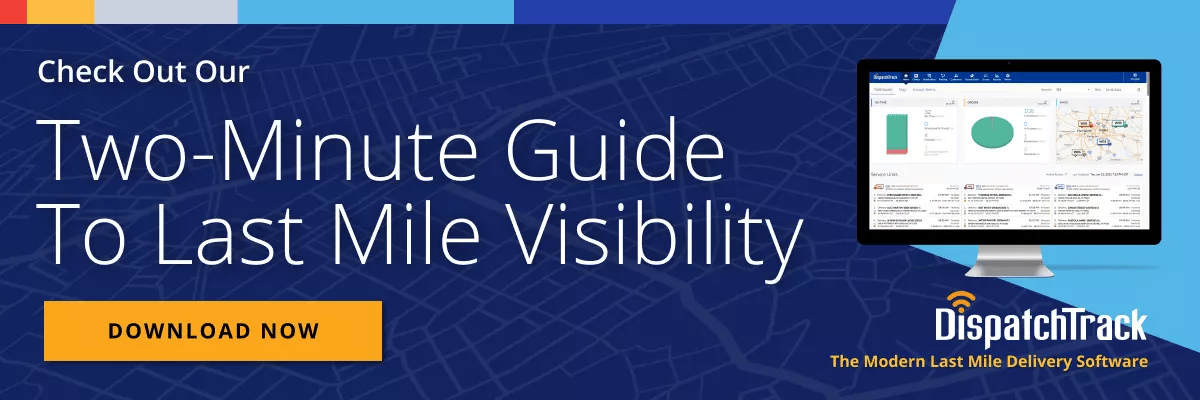Higher shipping costs and changing consumer demands are becoming too burdensome for businesses across industries. In the last two years, both B2B and B2C last mile deliveries grew significantly, and high growth rates are making last mile delivery costs harder to manage. Maybe that’s why it’s not uncommon to hear enterprises say that delivery efficiency is one of their top challenges across last mile operations.

Luckily, there are some measures you can take to keep last mile delivery costs down despite shifting consumer demands.
The Cost of Last Mile Deliveries
Last mile delivery costs account for a huge chunk of all supply chain spending. The cost of bringing goods to each customer is more than what businesses spend on warehousing, for instance. Why? Because it comprises fuel and labor to get goods from point a to point b, considerable labor overhead for planning and management of the last mile, costs associated with assets and asset management, and much, much more. As such, failing to optimize last mile deliveries can obviously translate into lower profitability.
How to Manage Last Mile Delivery More Effectively
Managing last mile deliveries effectively is key to keeping costs down. Here are some practical ways to keep last mile costs at a minimum:
Route Optimization
Optimizing routes is the process of finding the most cost-efficient routes to maximize drivers’ time and the use of delivery vehicles. Route optimization factors in different variables such as driver productivity, fuel costs, road conditions/geographical differences, and more. Fleet managers can dispatch drivers and vehicles more quickly when efficient delivery routes are already in place.

By identifying traffic patterns, driver behavior, and more over time, the right route planning app can create efficient routes and accurate ETAs, ensuring that driver capacity is being optimized effectively. This helps companies cut down both delivery times and fuel costs—all while providing excellent value for customers.
Likewise, having real-time routing alerts for various situations such as unexpected road closures, heavy traffic situations, and last-minute changes or customer requests will enable fleet managers to reroute the drivers to avoid delivery delays. Dynamic route optimization can be implemented most easily if your last mile logistics software can take into account real-time information.
Real-Time Tracking and Fleet Visibility
Enterprises must ensure visibility and transparency on drivers and delivery vehicles if they’re going to manage costs. Having smart technology and an automated system will enable companies to monitor and maintain two-way communication between the delivery teams and the office-based staff. Real-time fleet visibility helps businesses keep their customers well-informed about the location, status, and expected time of arrivals (ETAs) of their order.
Simply put, tracking delivery teams in real-time offers a way of solving delivery issues proactively. It allows fleet managers and dispatchers to relay crucial information to delivery teams so they can avoid disruptions that might emerge on the day of delivery.
Plus, fleet managers can monitor their drivers' performance in real-time to find out who is idling unnecessarily or driving outside the expected geographic zone. All this enhances drivers' productivity and optimizes their miles traveled. All in all, this helps you manage last mile costs more effectively while offering all stakeholders transparency on the delivery process.

Diverse Delivery Choices
Customers' needs are different. Some may need the goods within the day or next day while others are willing to wait a few more days for their packages. As such, offering limited delivery options means increasing the likelihood of failed or missed deliveries.
Fast delivery isn't always the best choice for many shoppers. One study showed that 73 percent of shoppers prefer convenient delivery time slots over fast deliveries—and yet, a delivery organization might easily find itself expending money and resources unnecessarily to power the speediest possible delivery to customers who don’t need the product till next week.
As such, to minimize the cost of last mile deliveries, you might offer more delivery options. Here, customer self-scheduling can also be an important strategy. Allowing customers to choose where and when the order is delivered will cut down the number of missed and repeat deliveries—and it will also cut down on the costly phone time and back-office efforts it takes to nail down a customer’s schedule and get them to commit to a workable delivery time.
Additionally, more delivery options also mean offering customers more personalized delivery experiences. After all, shoppers these days demand real-time visibility, fast delivery, and delivery flexibility. If you can offer them all this, you can increase customer loyalty, which can pay off in the long run.
Proof of Delivery
Having a clear record of who signed for the delivery, when the delivery team delivered the goods, and where the order was dropped off is crucial in verifying delivery information and preventing false liability claims.
Enabling drivers to capture proof of delivery electronically by collecting signatures, photos, notes, and videos in a jiffy goes a long way in streamlining delivery operations. Capturing proof of delivery diligently also helps to settle customer claims and inquiries accurately and quickly. Make no mistake: this has the power to save retailers serious money when it comes to false or erroneous damage claims. If you have photographic proof that your delivery team left the customer’s house without scratching the floor or damaging the door frame, you can avoid paying out for damages that your team didn’t cause.
Two-way Communication
Real-time visibility offers a way for customers to monitor their orders anywhere and anytime while real-time updates help consumers prepare to receive their orders when the driver is almost there. But businesses need to offer more than just tracking and real-time updates.
It is equally important to provide drivers with a way to notify customers when they’re almost en route to—or already at—the job site. This completes the visibility that customers need, and helps keep them in the loop. In this way, enabling two-way communication for customers and delivery teams decreases the possibility of failed deliveries.
Tracking drivers, optimizing routes, cutting down miles traveled, and reducing fuel usage all help in controlling the last mile delivery cost. Plus, addressing the inefficiencies in the final mile operations allow businesses to provide customers with fast, reliable, and personalized delivery services, which will help build brand loyalty and increase profitability. All this leaves us with a pretty simple formula: the real key to managing last mile delivery costs is successfully managing the last mile as a whole.